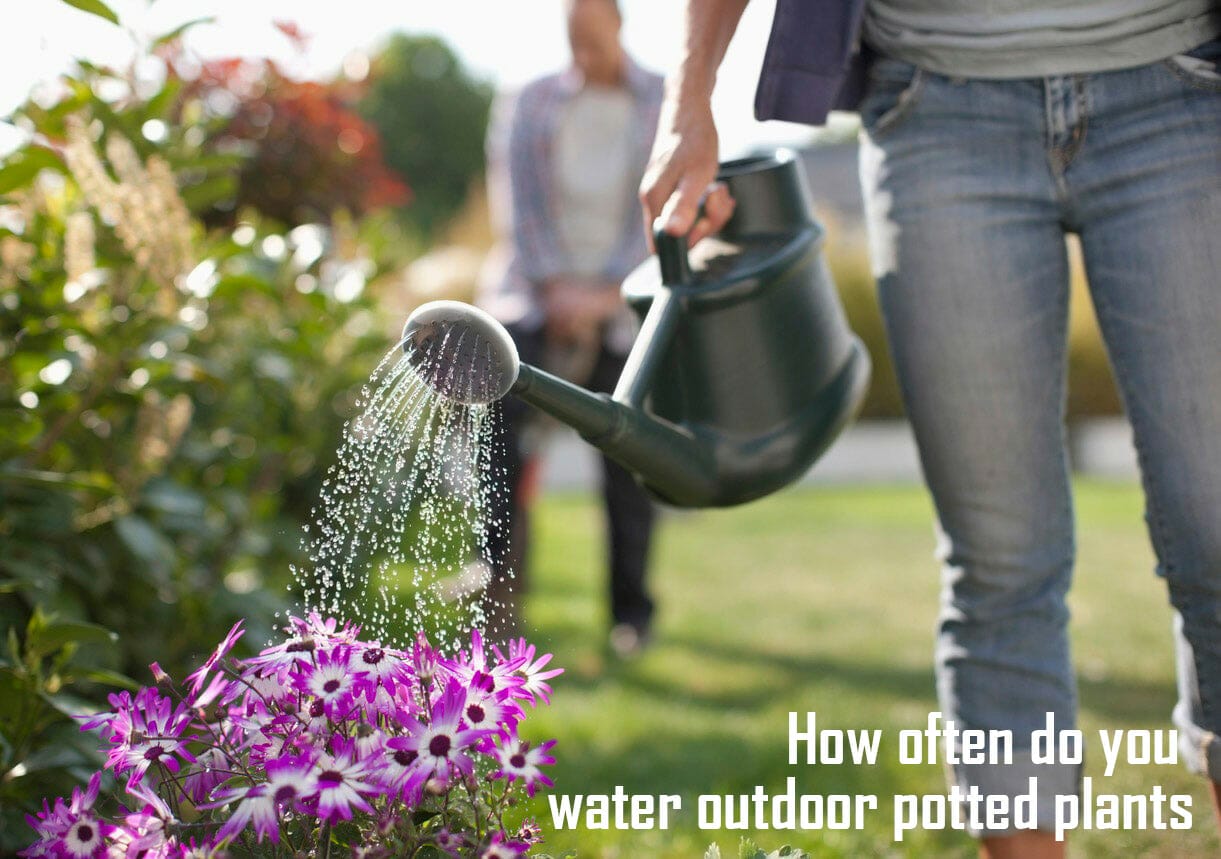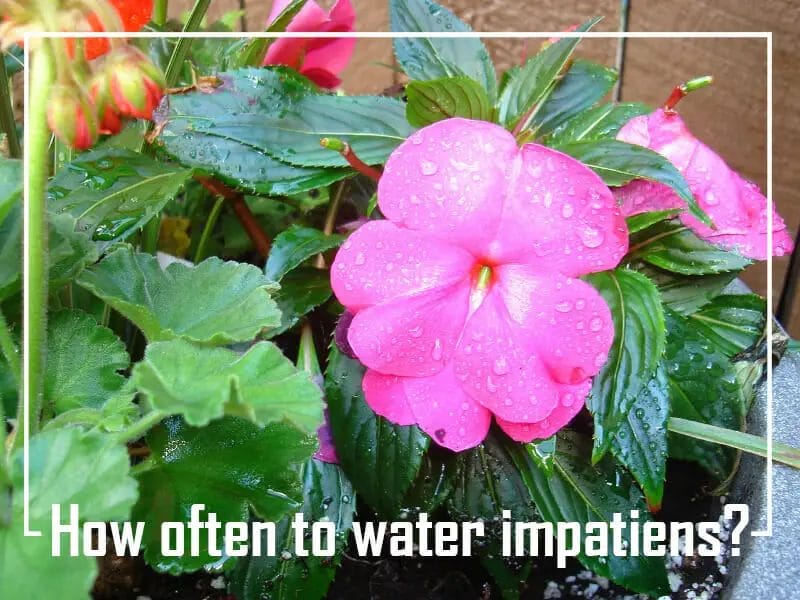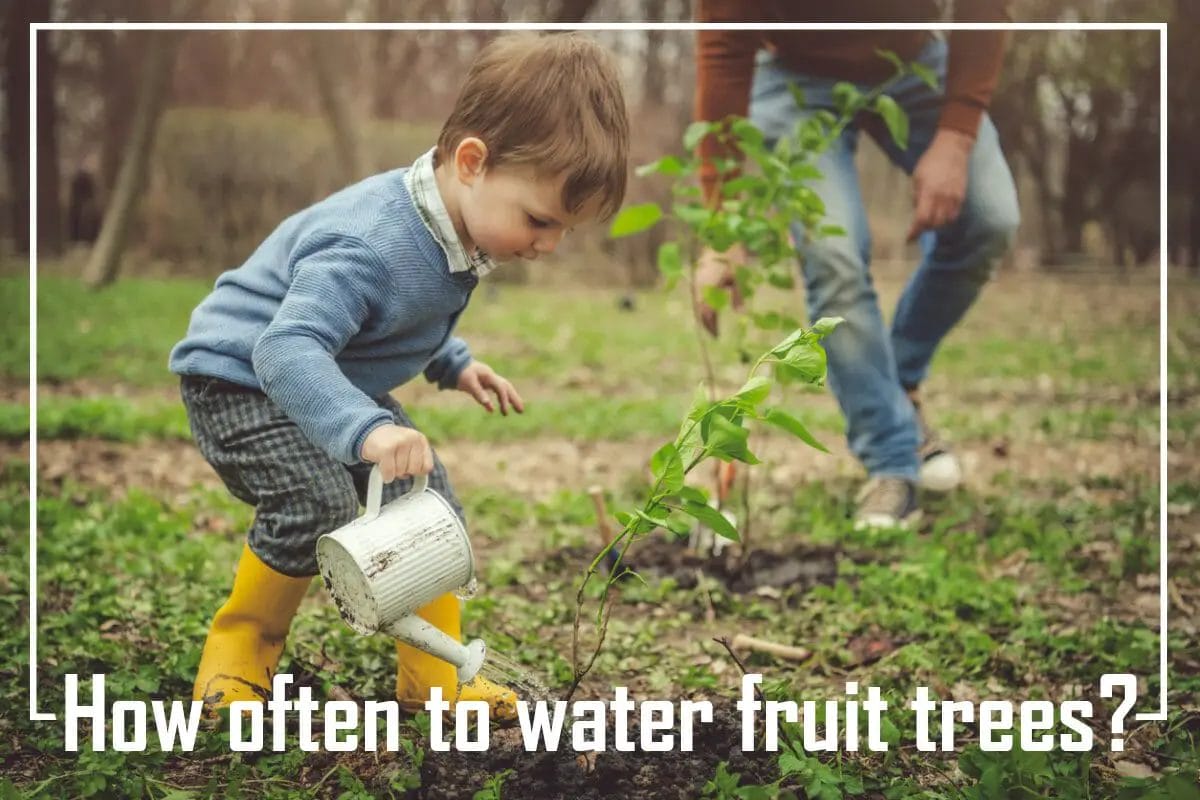Having a water softener is key to maintaining the performance of the entire plumbing system because it helps reduce the number of minerals from hard water that could eventually corrode zinc and galvanized components in the pipes. Hard water can also build up lime deposits over time, including in hot water tanks, significantly reducing their efficiency and lifetime.
Therefore, regular maintenance on your water softener and understanding how to diagnose problems properly it may be having are essential. To help you do that, this article presents a useful guide on fixing a water softener with ease and confidence.
Here 5 Issues and ways To Fix A Water Softener
Salt Bridge
As you use Extra Coarse Solar Crystals, the salt may form a bridge. It happens when a crusty layer to the zenith of the salt tank. It indicates that the tank is full of salt. The truth is there is a big hollow space under the top crystallized layer.
The solution
If you like repairing it at home, you may use a rubber mallet. Hold the tap and mallet along the side of the brine tank. Start work from the bottom to the top of the tank. When you hear a low sound, use more force to hit the tank to break the salt bridge. Refill the tank with salt, and after 2 or 3 days later again, you will get soft water from your tank.
Blockages\ Clogging
Blockages of a water softener are a common problem that can occur over time. This is due to the calcium and magnesium in hard water leaving behind chalky deposits on pipes and fixtures, as well as the salt from the brine solution accumulating in the water softener tank.
When this happens, it can cause a noticeable change in the softness of your water. If your water softener is clogged, you may also notice chalky deposits on your dishware and fixtures.
The Solution
The first step is to remove any visible debris from the drain. You can use a plunger or a snake tool to dislodge any blockages further down the pipe. If this doesn’t work, you may need to use a chemical or enzyme-based cleaner to break down any organic material that has built up inside the pipes. If all else fails, you may need to call a professional plumber for more extensive repairs.
Wrong Time of Day Setting
After a forced outage, this is a normal problem. Your softener read the present day, not the time of regeneration. If you have a power outage in your house, it is sure that the timer of the softener is affected. If you see the wrong reading time, it can be cycling while using water. As the softener is cycling, no water comes from it; it may lead to hard water in your home.
The solution
Reset the timer of your water softener. For the fleck water softener, the time is presented on the dial on the head of the softener. To set the time, press the red button on the left side of the softener’s head. If the button goes down, the time dial may spin. To know more about it, get help from the service manual you got with the equipment.
No power
To function well, you must set time with the tank to know the regenerate time. As the water softer becomes unplugged, or if you lose the power outlet where the softener is plugged in, you cannot regenerate the softener as well.
The solution
In the market, you will get electrical outlet testers. You can buy it that may light up to make you confirm that it is working or not. You may do the same thing that I do in my home. Take a small lamp and attempt to plug it into the outlet of the softener. If the lamp does not turn on, you may isolate the problem to the outlet and not to the water softener.
Injector Valve
The valve injector is an important part of a water softener system. It creates suction to draw in the brine solution during the regeneration cycle. When the injector becomes clogged with debris, it can no longer create the necessary suction and the water softener cannot regenerate properly. This results in hard water coming out of your taps instead of soft water.
To inspect your injector, you should first check if the water level in your brine tank is too high. If it is, then you may have a clogged injector. To inspect it further, use a pair of needle-nose pliers to pull out the injector and look through its small opening.
The hole is very small, so you may need a magnifying glass for a better view. If debris is blocking the opening, you will need to clean or replace your injector before your water softener can work properly again.
The Solution
If you have faced this problem with your water softener, then there isn’t much you can do. You need to call a professional; He will do the job for you.
Salt Bridges and Salt Mushing
Salt bridges and salt mushing are two common issues that can arise with water softeners. Hard crusts in the brine tank create salt bridges, separating water from salt. This prevents the salt from dissolving into the water to make the brine, which is necessary for properly functioning the softener. High humidity or seasonal weather changes can cause salt to clump and low-quality salt with impurities.
Salt mushing is another issue that can occur with water softeners. This happens when too much salt is added to the tank, causing it to form a thick paste-like substance at the bottom of the tank. This paste prevents proper circulation of brine solution, resulting in poor water softener performance.
The Solution
Fortunately, these problems can be easily fixed with a few DIY steps. The first step to fixing a salt bridge is to break it up using a broom handle or a similar tool. This will help loosen up the hardened layer of salt so it can be removed from the tank.
To fix salt mushing, drain and clean out your tank before refilling it with fresh salt. Make sure to use only high-quality water softener salts for the best results. Once you’ve completed these steps, your water softener should function properly again.
Resin Replacement
Replacing the resin in your water softener is an important part of maintaining a healthy system. The resin captures minerals through ion exchange and turns hard water into soft water. Over time, the resin will degrade, reducing the softener’s capacity and causing it to regenerate more often.
If you notice sand-like particles in the resin tank, this is a sign that it’s time for new resin. Do not wait to replace these particles if you notice them because they can damage other system parts.
Resin usually lasts around 20 years, but high chlorine levels can shorten its lifespan significantly. To ensure your system is working properly and efficiently, it’s important to check on the condition of your resin regularly and replace it when necessary.
This will help keep your water softener running smoothly and provide you with clean water for many years.
The Solution
There are two main approaches: short-term and long-term. To increase the effectiveness of your softener, you can adjust its settings to regenerate more often. This will help reduce the amount of hard minerals in your water supply, making it softer and easier on your appliances. To do this, you’ll need to adjust your softener’s regeneration frequency and cycle time settings.
In the long run, calling a professional to replace the resin and correct the issue is best. The resin is what actually removes hard minerals from your water supply, so replacing it with fresh resin will ensure that your water remains soft for a longer period.
A professional will also be able to check for any other issues causing problems with your water softener. They can also advise on how to maintain it properly so that you don’t have any further issues.
5 Steps for Keeping Your Softener Healthy
1. Regular Salt Checks: Check the salt levels in your water softener’s brine tank regularly. Ensure that there’s an adequate amount of salt to facilitate the regeneration process. Running out of salt can lead to inefficient softening and potential damage to the resin beads.
2. Scheduled Regeneration: Follow the manufacturer’s guidelines for regenerating your water softener. Regular regeneration helps clean the resin beads, which are responsible for removing hardness minerals from water. Skipping this process can result in reduced softening capacity.
3. Maintain Resin Bed: Periodically clean the resin bed to prevent buildup of iron, sediment, or other contaminants. You can use specialized resin bed cleaners or consult your water softener’s manual for recommended cleaning procedures.
4. Check for Salt Bridges: Salt bridges occur when a hardened layer of salt forms in the brine tank, preventing proper brine production. Break up any salt bridges to ensure that salt dissolves correctly and the regeneration process functions smoothly.
5. Inspect and Maintain Valves: Check all valves, including the bypass valve, for leaks or signs of wear. Lubricate valve seals if necessary and repair any leaks promptly to prevent water damage. Regular maintenance of valves is crucial for the overall performance of your water softener.
Remember that each water softener might have specific maintenance requirements, so it’s essential to consult your device’s manual for manufacturer recommendations tailored to your model. Following these steps will help prolong the life of your water softener and ensure it continues to provide softened water efficiently.
Frequently Asked Questions [FAQs]
1. What causes a water softener to not regenerate?
2. How often should I replace the resin in my water softener?
3. How do I know if my water softener needs maintenance?
4. What are the benefits of having a water softener?
5. What is the best way to maintain a water softener?
Conclusion
Knowing how to fix a water softener is important to keep your water soft and clean. Check for signs of damage or corrosion, adjust the settings if necessary, and replace the resin when it becomes depleted. You can take the first step, but if you can’t fix it then it’s better to call a professional.
Sarah J. Gregory
352 Hershell Hollow Road
Anaheim, CA 92805






